 |
| At the The To Mieu relic ( Hue Imperial City), a fence will be placed to limit visitors, only allowing visitors from the outside. |
On August 26, a representative of the Hue Monuments Conservation Center said that they are implementing many solutions to strengthen the protection of the system of relics, artifacts and national treasures managed by the unit.
Accordingly, the work of protecting and preserving artifacts is carried out according to scientific standards, with a modern security monitoring system. "However, there are more and more factors and risks of damaging relics, not only from weather, fire, natural degradation but also from unintentional or intentional human actions," said Director of the Hue Monuments Conservation Center Hoang Viet Trung.
To ensure safety, in the coming time, many important areas will be supplemented with hard fences, soft fences or tempered glass to limit contact. Such as the Nine Cannons house, the area displaying bells, drums, bronze cauldrons, the main door in the middle of Ngu Phung tower (Ngo Mon), or some architectural works belonging to the tombs of kings Gia Long, Minh Mang, Khai Dinh, Dong Khanh... are all subject to adjustment.
 |
| Tempered glass fence at Thai Hoa Palace relic space |
The most notable of these is the adjustment plan at The To Temple . Implementing Official Dispatch No. 7144/UBND-CN of the Hue City People's Committee on the policy of approving the plan to preserve and protect artifacts and architectural works at relic sites belonging to the Hue Monuments Complex, from September 9, The To Temple will not serve visitors inside, in order to ensure the solemnity of this special relic area.
To facilitate visitors, the Hue Monuments Conservation Center has implemented specific plans: Opening the main doors in the middle of The To Temple so that visitors can stand outside and observe. At the same time, arranging an altar in front of The To Temple for visitors to offer incense; combining the display of images and documents introducing The To Temple at Hien Lam Cac, helping the public to still learn about the historical value, architecture and spiritual significance of the work.
At Minh Thanh Palace (Gia Long King's tomb) , the interior tour will also be more strict, only allowing groups of up to 10 people, with polite dress requirements. In case visitors are not properly prepared, the center will arrange ao dai to serve.
At the same time, the unit also coordinates with local authorities and religious establishments such as Thien Mu Pagoda to develop regulations for coordinating the protection of artifacts and national treasures and maintaining security and order in the area where the relics are located.
Previously, the Hue Monuments Conservation Center also installed tempered glass fences. 1.5m high, more than 21m long on each side at Thai Hoa Palace; more than 10 surveillance cameras and automatic warning systems have also been put into operation to protect the throne, treasures and exhibits. The movement of tourists at Thai Hoa Palace has also been rerouted. , Instead of walking straight into the main hall, visitors will follow two parallel paths in the East and West wings to reach the back hall. This is the organization used before the Thai Hoa Palace was restored.
Not only Thai Hoa Palace, many other constructions such as An Dinh Palace and Dien Tho Palace have also been equipped with similar warning systems.
According to the Center's leaders, changing the plan to welcome visitors is not to limit the experience, but to balance between preserving and promoting heritage values .
Source: https://huengaynay.vn/van-hoa-nghe-thuat/thong-tin-van-hoa/thay-doi-cach-don-khach-tham-quan-the-to-mieu-tu-9-9-157181.html



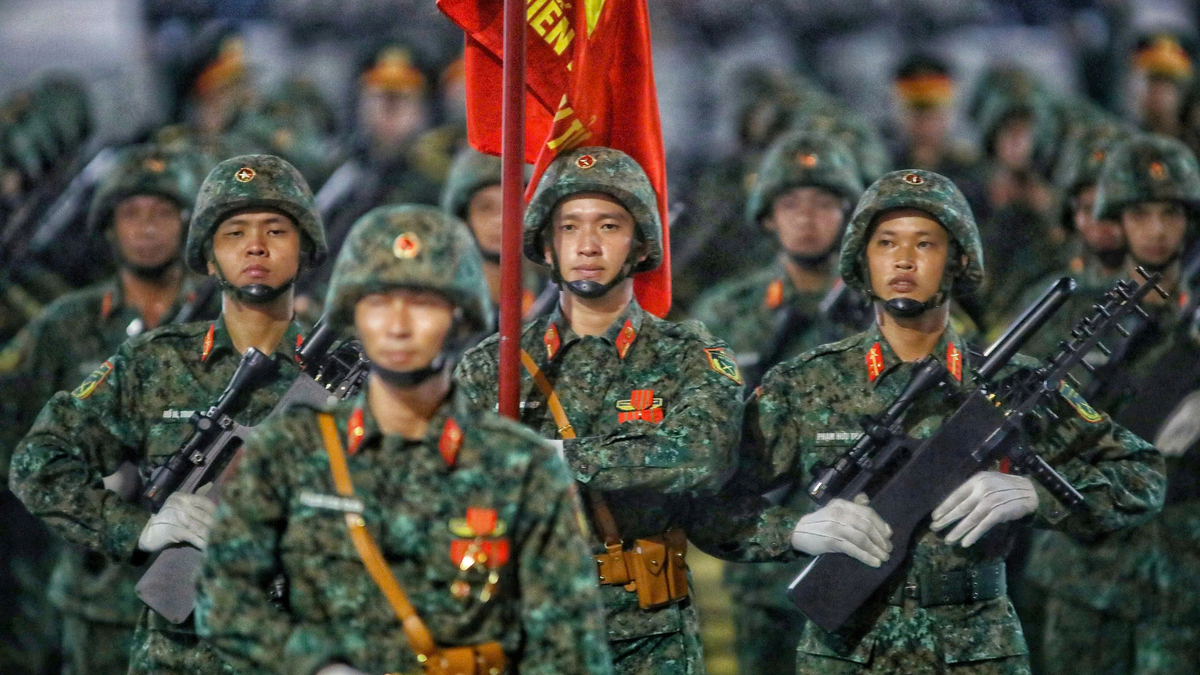
![[Photo] Images of the State-level preliminary rehearsal of the military parade at Ba Dinh Square](https://vphoto.vietnam.vn/thumb/1200x675/vietnam/resource/IMAGE/2025/8/27/807e4479c81f408ca16b916ba381b667)

![[Photo] Parade blocks pass through Hang Khay-Trang Tien during the preliminary rehearsal](https://vphoto.vietnam.vn/thumb/1200x675/vietnam/resource/IMAGE/2025/8/27/456962fff72d40269327ac1d01426969)
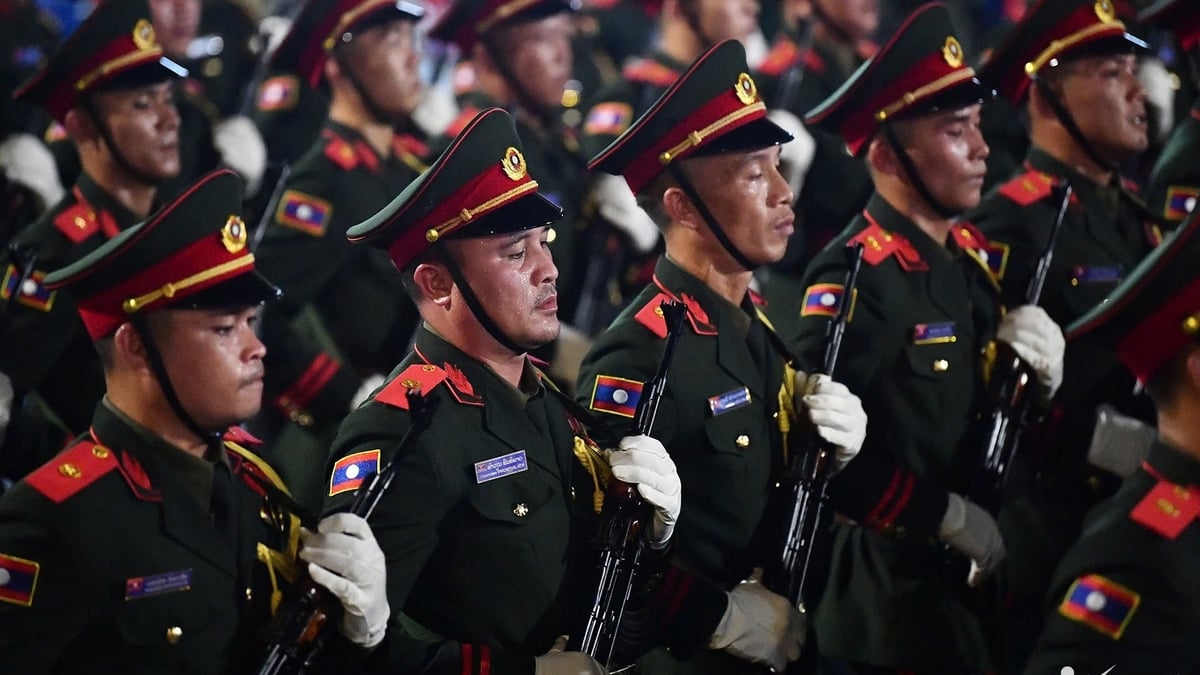
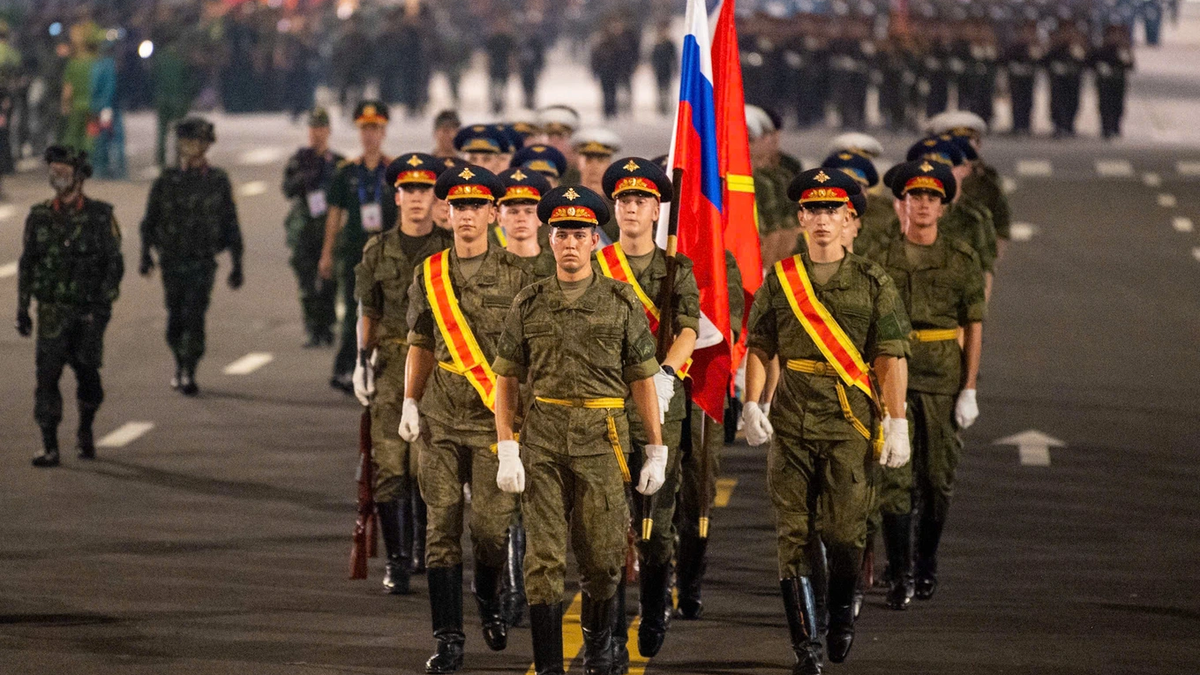
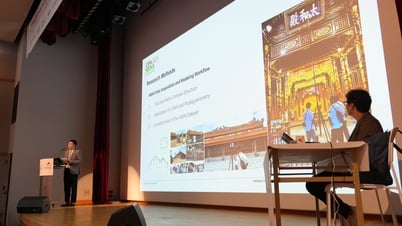
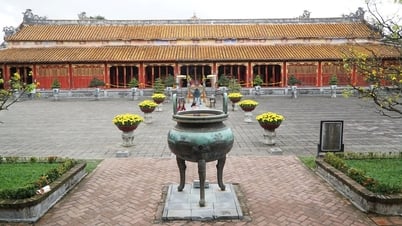

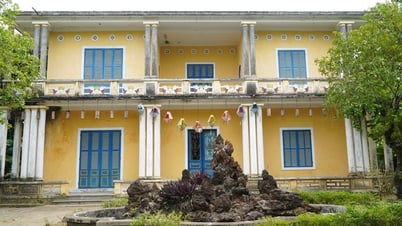




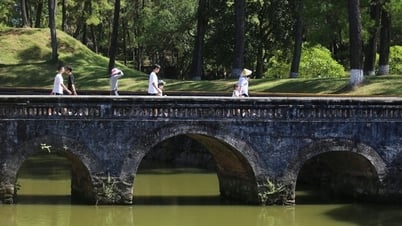

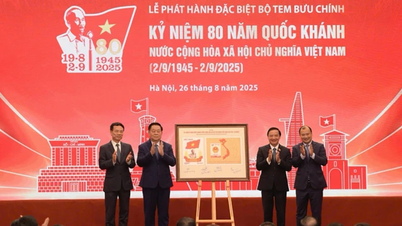



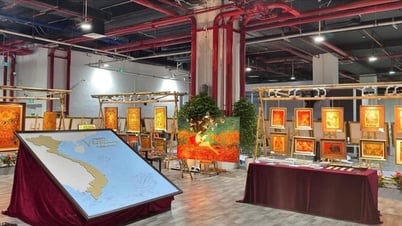

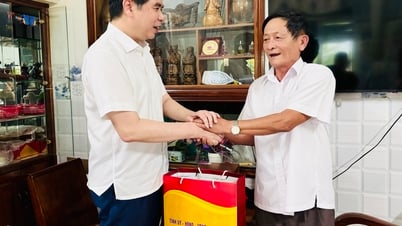

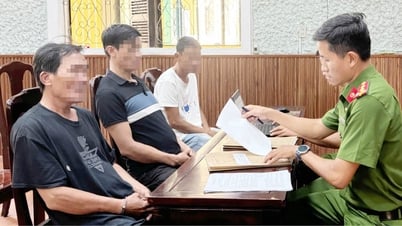





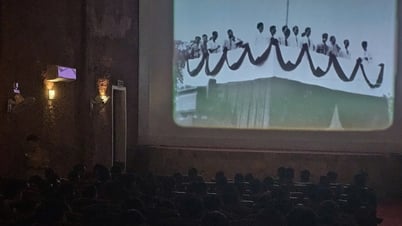

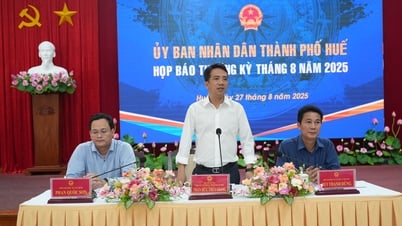
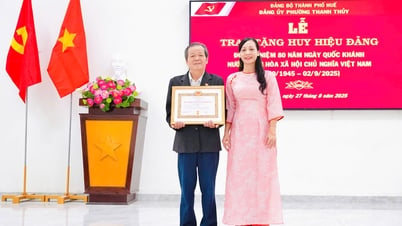



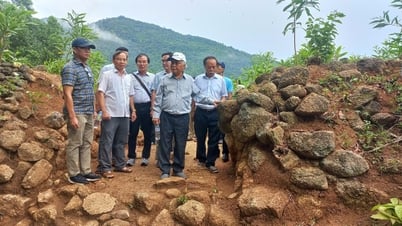


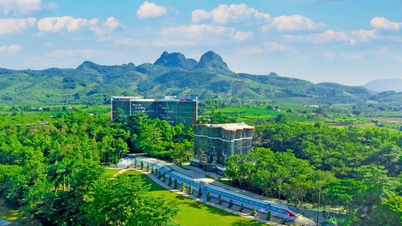

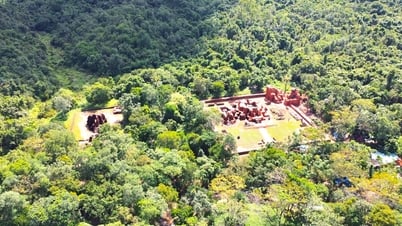









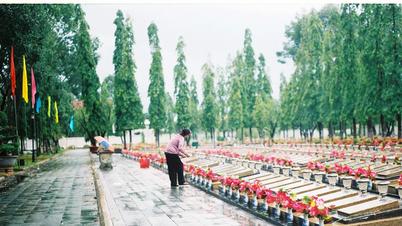
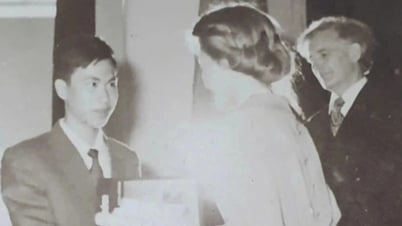


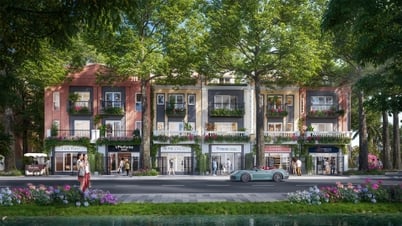

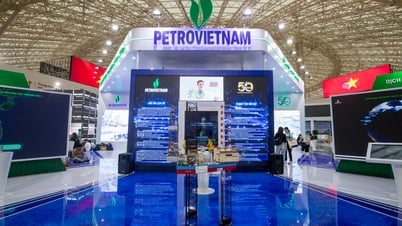
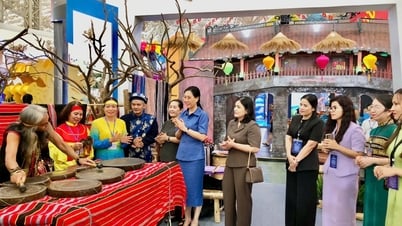





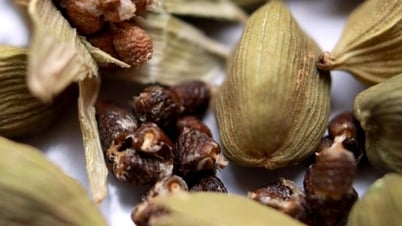
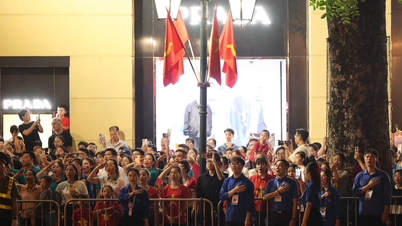

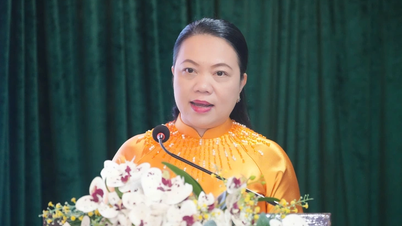
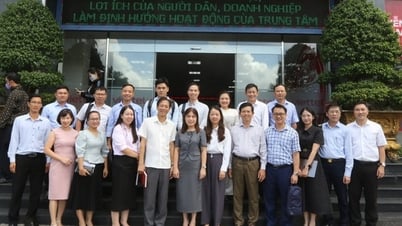






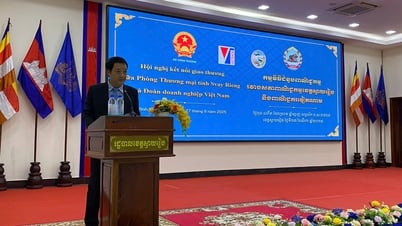

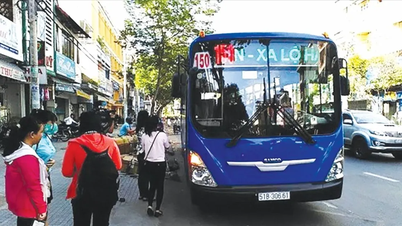
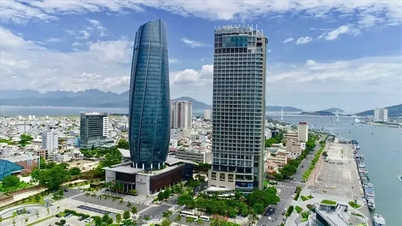


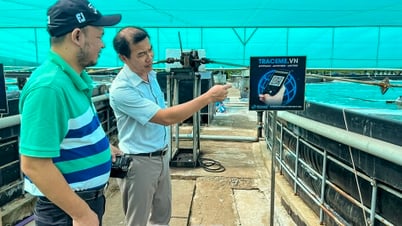

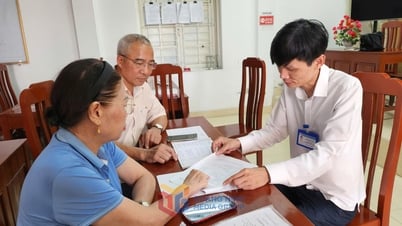


















Comment (0)